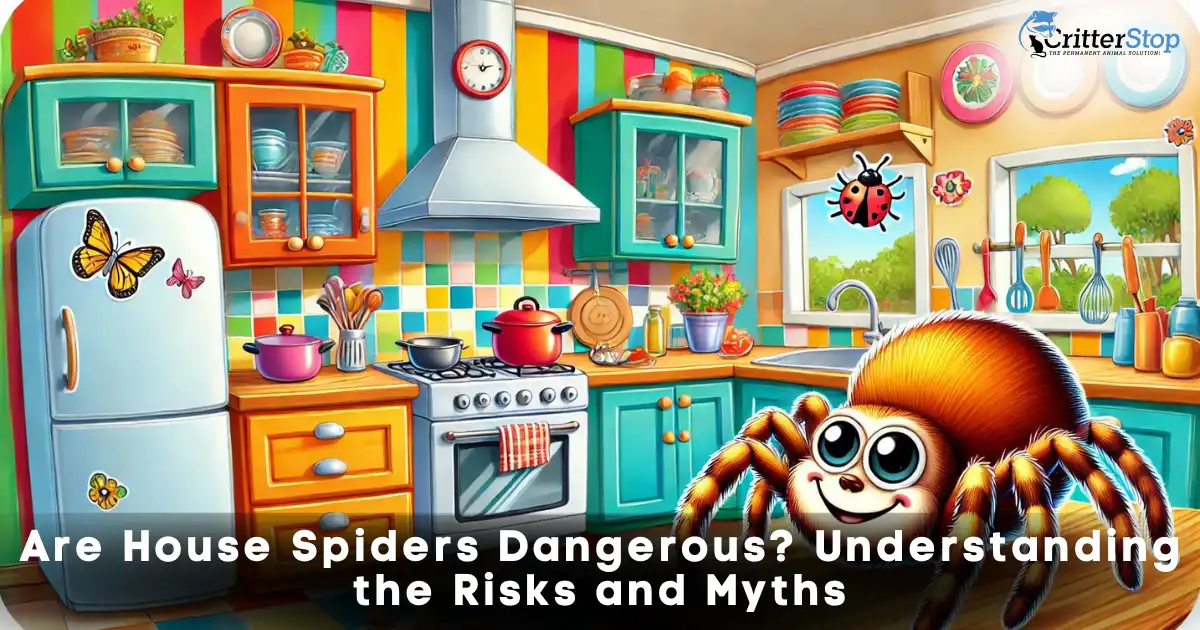
Many people encounter house spiders in their homes, raising questions about their safety and behavior. Most house spiders are not dangerous to humans, as they typically lack the ability to harm. While some types may cause discomfort with their bites, the likelihood of serious injury is extremely low.
Understanding spider behavior can help relieve anxiety for those who fear them. House spiders often play a beneficial role by controlling other pest populations. This article explores the types of house spiders found in homes and offers insights into whether they truly pose a threat.
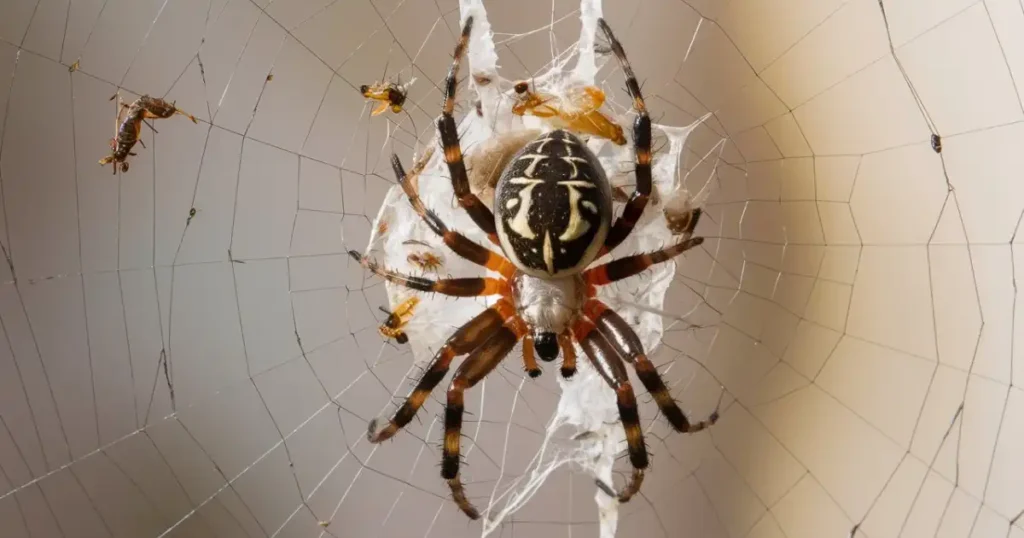
House spiders, often found in domestic environments, vary in species and behavior. Identifying these spiders can help clarify any concerns regarding their danger to humans.
Common house spiders include the Common House Spider (Parasteatoda tepidariorum), Gray House Spider, and Red House Spider (Loxosceles spp.).
Identifying these spiders involves recognizing their web patterns and physical characteristics, including size and color. Most house spiders are harmless and contribute to controlling pests.
House spiders thrive in dark, undisturbed areas such as basements, attics, and corners of rooms.
Although some species may bite if provoked, most spiders, including the common and gray varieties, are not aggressive. So, if you were wondering, are red house spiders dangerous? Bites from the Red House Spider can cause serious reactions but are rare. Understanding these aspects can help mitigate fear and recognize when a spider could pose a risk.
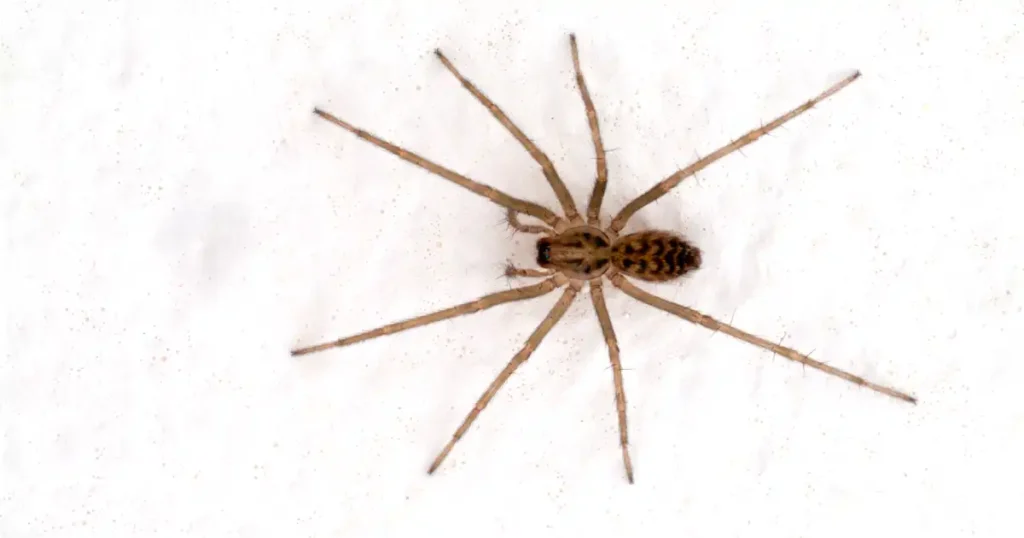
House spiders generally pose minimal threats to human health. Their venom is typically not dangerous, but reactions to bites can vary. Understanding the potential health implications is essential for informed home management.
Asking yourself, Are common house spiders dangerous? Common species like the common house spider and the cellar spider have bites that feel similar to a mosquito bite. The venom of these spiders might serve to immobilize prey but lacks the potency to harm humans.
In rare instances, individuals may experience localized pain or mild swelling. The severity of the bite largely depends on the person's sensitivity to the venom. Serious health impacts from house spider bites are exceedingly rare, making them generally safe to coexist with.
Some individuals may have allergic reactions to spider bites, regardless of the species. Symptoms can include redness, swelling, or itching, often resembling other insect bites. In sensitive individuals, a bite might provoke more severe allergic responses, including hives or anaphylaxis.
While house spiders are mostly harmless, preventive measures can help avoid bites. Keeping living spaces clean and decluttering potential habitats can reduce the likelihood of encounters. If bitten, it is advisable to monitor the area for adverse reactions and consult a medical professional if symptoms worsen.
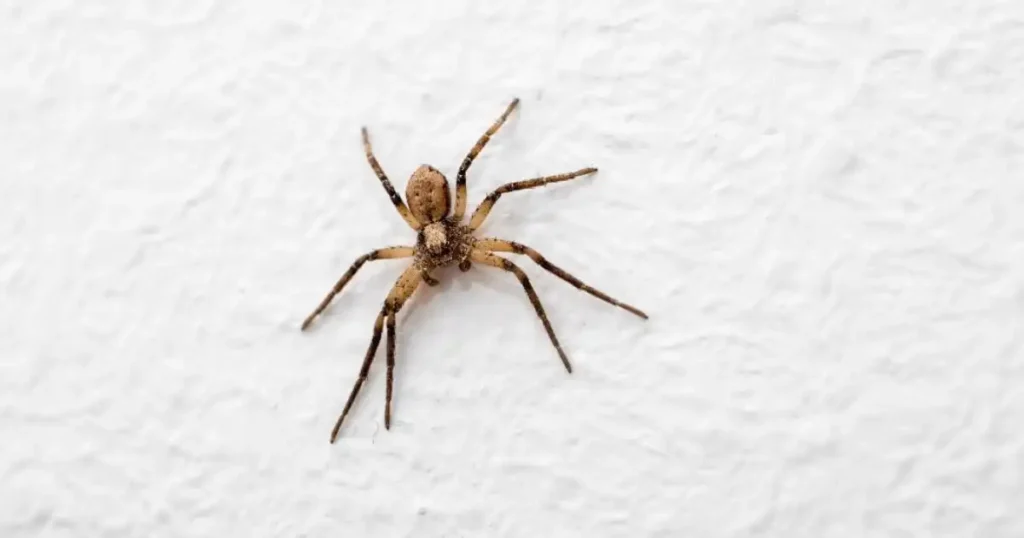
When dealing with a spider problem, it's important to recognize the various types of spiders that might invade your home.
Brown recluse spiders, known for their venomous bite, can cause serious harm to humans, as can black widows, another dangerous spider with potent venom glands.
Other spiders, like wolf spiders and hobo spiders, also pose a risk, though they are less likely to bite humans.
The American house spider and daddy longlegs, with their long legs and thin bodies, are common but typically harmless, though their webs can become a nuisance. However, proper spider control is essential to prevent these dark brown intruders from building webs and potentially causing issues, especially with venomous species like the brown recluse. Understanding the characteristics of these spiders, such as the dark brown color and bite site symptoms, is crucial for keeping your home safe.
Are giant house spiders dangerous? Giant house spiders (Eratigena atrica) are commonly found in homes, especially in basements and attics. They are known for their large size, with a leg span that can reach up to 4 inches. Despite their intimidating appearance, they are generally not dangerous to humans.
These spiders are primarily harmless and prefer to flee rather than engage. Their bites can cause mild irritation, comparable to a mosquito bite, with symptoms like slight swelling or redness. They play a role in controlling pest populations by feeding on insects, making them beneficial for homes.
Bathroom spiders typically include other common species like the woodlouse spider (Phalangium opilio) and the cellar spider (Pholcus phalangioides). These spiders thrive in damp environments, which makes bathrooms an ideal habitat.
Asking yourself, Are bathroom spiders dangerous? While bathroom spiders might evoke fear, they are not considered dangerous. They tend to be reclusive and rarely bite unless provoked. Their bites, if they occur, usually result in mild discomfort rather than serious health issues.
Knowing these distinct characteristics enables individuals to manage any spider-related concerns while maintaining a balanced perspective on their presence in the home.
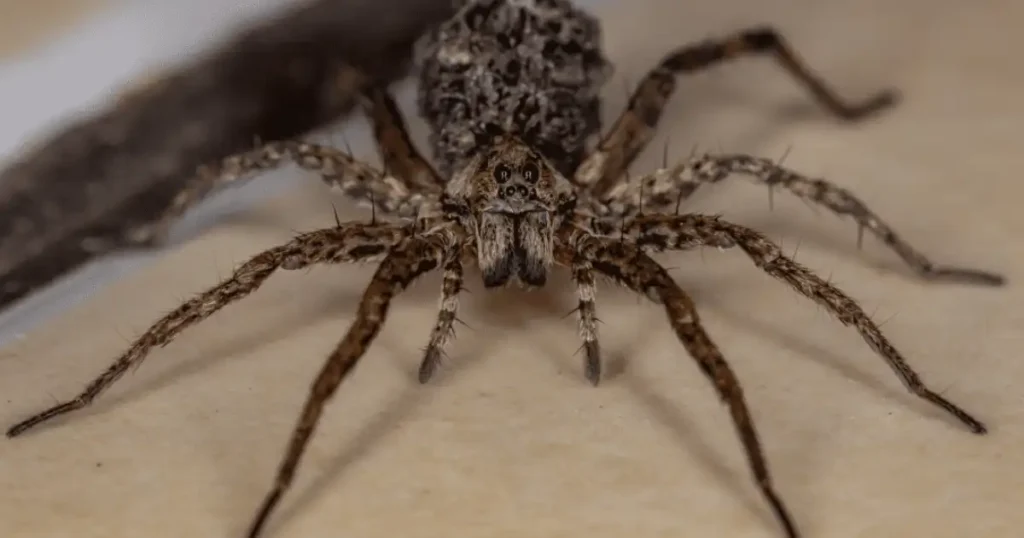
Pets are often curious creatures, which can lead them to interactions with house spiders. Understanding the dynamics between spiders and pets can help pet owners keep their animals safe from potential risks posed by these arachnids.
Giant house spiders are typically not a threat to cats or dogs. These spiders tend to be non-aggressive and will generally flee rather than attack if threatened. However, it is essential for pet owners to monitor their pets' behavior, as some animals may show interest in chasing or playing with spiders.
If a pet ingests a spider, there is a low risk of severe health issues, but there can be gastrointestinal discomfort. It's important to observe pets after such encounters for any signs of distress. Keeping living areas clean can minimize the chance of spider encounters, ensuring a safe environment for pets.
Implementing preventive measures can significantly reduce spider presence in and around the home. Strategies include using natural repellents and creating physical barriers to deter spiders effectively.
Natural repellents can be quite effective in keeping spiders at bay without the use of harmful chemicals. Essential oils like peppermint, eucalyptus, and tea tree oil are known for their spider-repelling properties. A simple spray can be made by mixing 15–20 drops of essential oil with water in a spray bottle.
To apply, focus on areas like corners, windows, and doors. Regular application, especially in outdoor spaces such as patios and outdoor furniture, enhances effectiveness. Additionally, other natural repellents like vinegar or citrus peels can deter spiders due to their strong scents. Maintaining cleanliness around these areas also reduces the chances of attracting spiders.
Creating effective physical barriers is crucial in preventing spider entry. Sealing cracks and gaps in walls, windows, and doors is an essential first step. Using caulk to fill in small openings prevents spiders from entering the home.
Installing screens on windows and doors ensures ventilation while keeping spiders out. This method is beneficial for keeping spiders off boats as well, as proper covering minimizes their access. Additionally, regularly cleaning areas like attics and basements helps eliminate spider webs and potential hiding spots. Outdoor items like furniture can be stored inside or covered when not in use to minimize attraction and nesting opportunities.
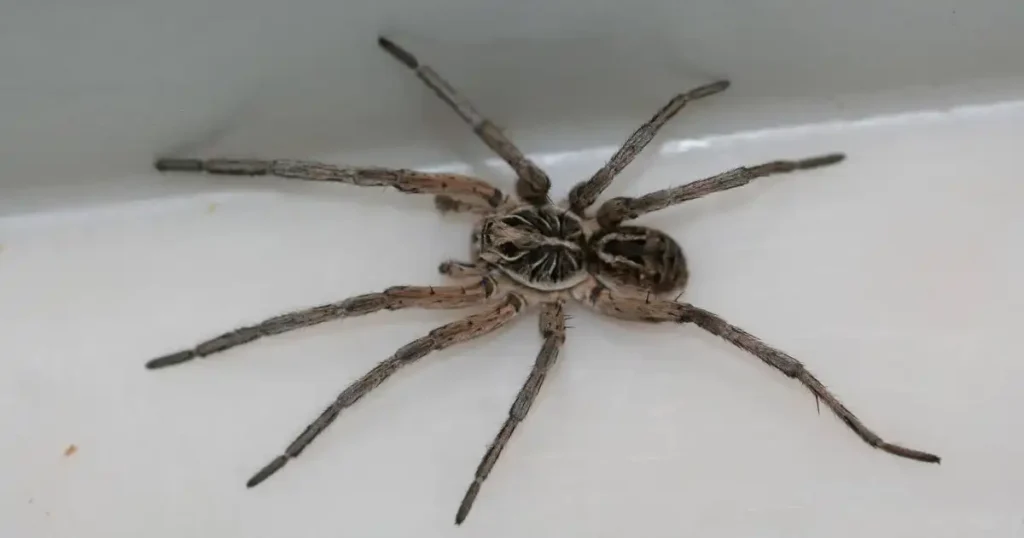
When dealing with house spiders, safe removal practices are essential. Utilizing catch and release strategies or seeking professional pest control can effectively manage spiders without causing harm.
Using a catch and release strategy allows for safe spider removal. It reduces stress for both the spider and the homeowner. Here are some steps to follow:
These methods enable individuals to remove spiders without causing harm or panic.
In some cases, professional pest control may be necessary. This is especially true for homes with a significant spider presence.
Choosing professionals ensures safe, effective handling of spider issues while prioritizing the health of the home environment.
Spiders serve as a natural form of pest control in various ecosystems. Their roles help maintain a balance between different species and limit the populations of other insects.
Spiders contribute significantly to controlling insect populations. They prey on various pests, including flies, mosquitoes, and agricultural nuisances. This predation helps decrease the need for chemical pesticides, promoting a more eco-friendly approach to pest management.
Their presence also enhances biodiversity. By controlling pest populations, spiders allow other beneficial insects to thrive. This balance is essential for pollination and the overall health of the ecosystem.
In gardens and agricultural fields, spiders can protect crops by reducing the prevalence of harmful insects. This contribution underscores the importance of spiders in supporting sustainable agriculture and natural pest control.
Many people harbor misconceptions about house spiders, often influenced by cultural myths and media portrayals. Understanding these beliefs can help alleviate unnecessary fears associated with their presence in homes.
If you were wondering, are house spiders poisonous? It’s a myth that all spiders are poisonous and pose a significant threat. In reality, house spiders, such as the common cellar spider, are not harmful to humans. Their bites are rare and typically result in minor irritation.
Another misconception is that house spiders multiply rapidly. While reproductive rates can vary by species, most do not create large infestations. They help control pests, which can actually benefit household environments.
Many fear that spiders will actively seek out humans. Spiders are generally reclusive creatures, preferring to avoid contact. Education about their behavior can foster a more tolerant attitude toward these beneficial arachnids.
Effective home maintenance plays a crucial role in minimizing spider presence. By maintaining cleanliness and sealing entry points, homeowners can create an environment that is less inviting to these creatures.
Regular cleaning is essential in keeping spiders at bay. Dust, debris, and clutter provide ideal hiding spots. Therefore, homeowners should focus on these specific tasks:
Storage should be organized, using clear bins when possible. Keeping storage areas clean and clutter-free reduces spider habitats.
Sealing gaps and cracks around the home is critical for preventing spider entry. These are common areas where spiders can find access. Homeowners should address the following:
Regular inspections and maintenance can significantly lower the chances of spider infestations. Taking these steps ensures a less favorable environment for spiders to thrive.
For those looking to enhance their understanding of house spiders and their potential dangers, various resources are available. These include comprehensive books and practical online sources that delve into spider identification, behavior, and safety measures.
Several informative books explore house spiders and their roles in ecosystems. Notable titles include:
These resources often include illustrations and detailed descriptions, aiding in accurate identification. They emphasize that many house spiders are harmless and beneficial in controlling insect populations.
Numerous online resources offer valuable information on spiders. Reliable websites include:
These sources are updated regularly and provide direct access to research and expert recommendations. They often contain articles, videos, and user-friendly search tools to help identify specific spider species and their characteristics.
Understanding the behavior and risks associated with house spiders can help individuals feel more at ease. Here are common questions regarding their presence and impact in homes.
Are grey house spiders dangerous?
Grey house spiders are generally not dangerous to humans, though their bites may cause mild irritation.
Are house spiders harmful?
Most house spiders are not harmful to humans and play a role in controlling other pests.
How to keep spiders off patio naturally?
Keep spiders off your patio by using natural repellents such as vinegar or citrus peels and maintaining a clean, clutter-free environment.
How to keep spiders off outdoor furniture?
Regularly clean and spray outdoor furniture with natural spider repellents like peppermint oil to deter spiders.
How to keep spiders out of bedroom
To keep spiders out of your bedroom, seal cracks, remove clutter, and use natural repellents like lavender oil.
Are giant house spiders dangerous to cats?
Giant house spiders are not typically dangerous to cats, but it’s best to monitor interactions to prevent bites or allergic reactions.
For residents concerned about house spiders, reaching out to Critter Stop can be an effective solution. This professional humane wildlife removal company has established a solid reputation due to its quality work and outstanding customer service.
Critter Stop offers a free inspection to assess the situation. By calling (214) 234-2616, individuals can schedule a visit from trained professionals who understand spider behavior and control methods.
Contacting Critter Stop ensures that concerns regarding house spiders are addressed promptly and effectively. The commitment to client satisfaction has garnered numerous positive reviews online, making it a trustworthy choice for pest control needs.
Visit our Critter Library and learn more about our furry friends